Spam Score: 7 Simple Tips To Protect Your Website
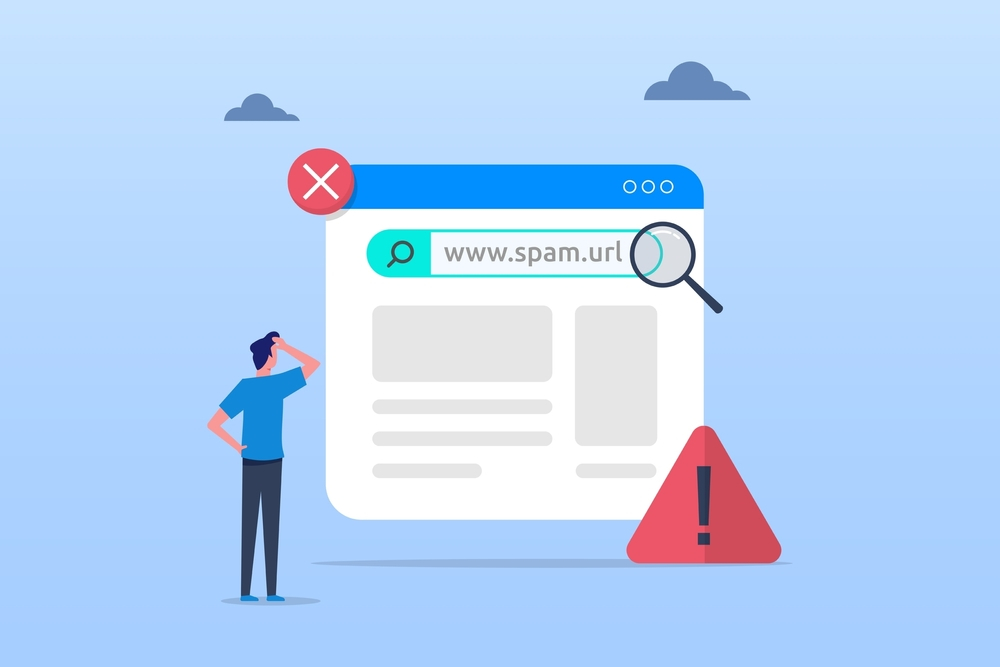
Table of Contents
1. What is Spam Score?
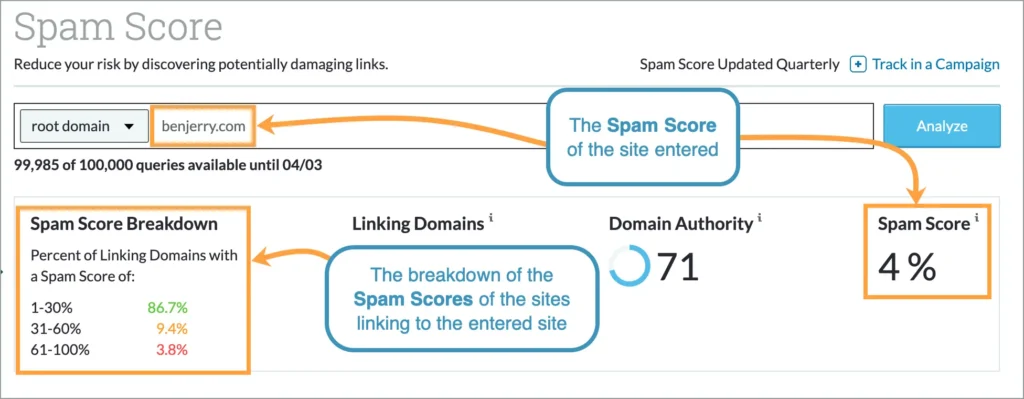
Spam Score is a number that shows how likely a website is not spammy and of low quality. It is usually shown by tools like Moz, and the score ranges from 0 to 100. A higher score means your website may look spammy to search engines. The higher the score, the more chances that the website might look more chances that the website might look suspicious to search engines like Google.
For like, if a website has many bad backlinks from poor and unreliable sources, copied content, and does tricks to rank higher, its spam score may go up. A low Domain spam risk (0-30%) is good. A medium score (31-60%) means you should be careful. A high Domain spam risk (61–100%) is dangerous and can hurt your website’s SEO and Google ranking.
So, checking your spam risk level is important because it helps you keep your site from being marked as important. After all, it helps you keep your site safe, trusted, and rank better on Google.
2. Why Spam Score Matters For Your Website?
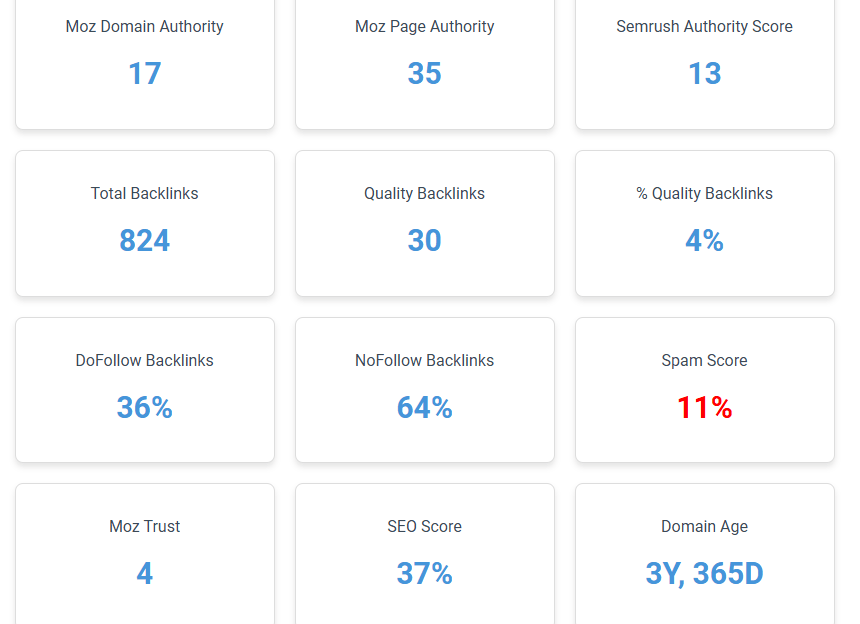
Spam Score matters because it tells search engines how trustworthy your website is. If your spam risk level is high, Google may think your site is not safe and is using bad SEO tricks. This can lower your website’s rank, and it might not appear on the first page of Google search results.. It can also make people trust your site less, especially if they see harmful links and poor content.
A low toxic score means your website follows good SEO rules, has quickly backlinks, and provides helpful content. This helps you rank better, get more traffic, and build a good online reputation. That’s why it’s important to keep your spam risk level low to help your website grow and succeed for a long time.
3. How is Spam Score Calculated?
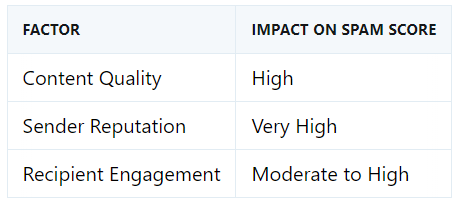
Spam Score is calculated by checking different factors on your website that may look spammy and unsafe. Tools like Moz look at many websites and learn what bad websites usually do. Then, they compare your site to those bad ones. If your site has the same signs, your website’s trust score will go up.
Some signs that increase spam score are: getting links from low-quality and unrelated websites, copying content from other sites, having too many ads, broken pages, and not having basic pages like “About Us” And “Contact Us”. If your website has too many of these issues, the spam risk level becomes high. A high score means search engines may not trust your website. So, it is important to keep your site clear and safe to keep your site quality rating low.
4. Common Reasons For High Spam Score
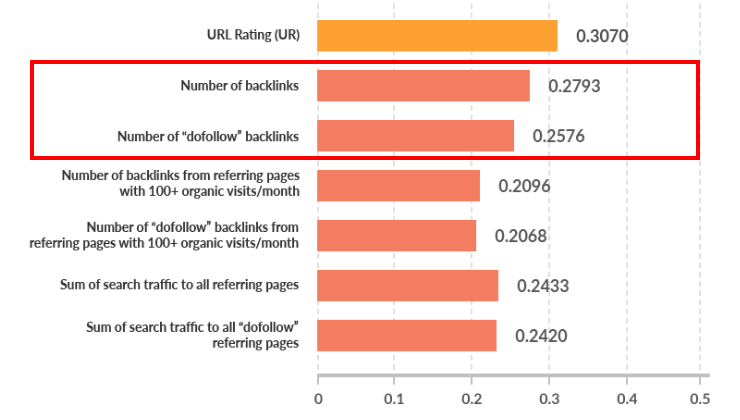
There are many simple reasons why a website gets a high spam score. One main reason is having low-quality backlinks. If your website is getting links from untrusted and spammy websites, it makes your site look bad to search engines. Another reason is keyword stuffing, which means using the same word too many times just to rank. This doesn’t help and can make your content look fake. disturbs pop-ups.
disturbs. Also, if you use duplicate content, like copying from other websites, your spam score can go up. Search engines always prefer unique and fresh content. Having too many ads and pop-ups is also a problem. When a page is full of ads and disturbs the user experience. it’s seen a spammy.
A website with low domain authority and little trust built over time also gets a high spam score. Lastly, overusing the same anchor text (buy now, click here again and again) in links can also be a sign of spam. Keeping your content clean, helpful, and natural is the best way to lower your website’s trust score.
5. 7 Simple Tips To Check Spam Score
5.1 Use Moz’s Spam Score Checker
One of the easiest ways to check your website’s spam score is by using a free tool from
Moz. You just need to enter your website’s domain name, and Moz will tell you how risky your site looks. It shows a score between 0 to 17, like:
0-4 is low risk
5-7 is medium risk
8+ is a high spam score
Moz checks different factors like poor backlinks, low-quality content, keyword stuffing, and more. It’s quick, free, and trusted by many SEO experts.
5.2 Check Your Backlinks Carefully
Your spam score is heavily affected by your backlinks (websites linking to you). If you have many spammy and irrelevant links, your score goes up.
Use This Tools Like:
Ahrefs
Semrush
Google Search Console
5.3 Look For Duplicate Content On Your Website
Search engines don’t like copied and duplicate content. Even if it’s from your own site and someone else’s, it hurts your score. Always write original content that provides real value. Don’t copy content from other blogs or use tools to change words in articles just to make them look different.
You can Check For Duplicate Content Using Tools.
Copyscape
Siteliner
Quetext
5.4 Review Your Domain Authority (DA)
A low Domain Authority can lead to a higher spam score. DA is a score (from 1 to 100) that shows how trustworthy your site is. As your DA grows, your spam risk level may go down.
Check Your DA Using Moz’s Free Tools. If Your DA is Low, Focus On:
Creating high-quality content
Getting good backlinks
Keeping users on your site longer
5.5 Analyze Your ON-Page SEO
Sometimes, spam score increases due to poor on-page SEO. If you use:
Too many keywords
Irrelevant titles
Clickbait headings
Hidden text
These things can make your site look spammy. use tools like Yoast SEO and RankMath to help you fix and improve your SEO properly.
5.6 Check For Too Many Ads and Pop-Ups
If your website has too many pop-ups, auto-play videos, and flashing ads, search engines might think it’s low-quality and spammy. Make sure your site looks clean and easy to read. Use only a few ads, and make sure they are placed in a user-friendly way. Focus on user experience.
5.7 Use Google Search Console For Warnings
Google Search Console is a free and helpful tool made by Google to check how your website is doing
It helps you:
See if your site has any penalties
Find spammy backlinks
Track performance and indexing
6. Free Tools To Check Spam Score
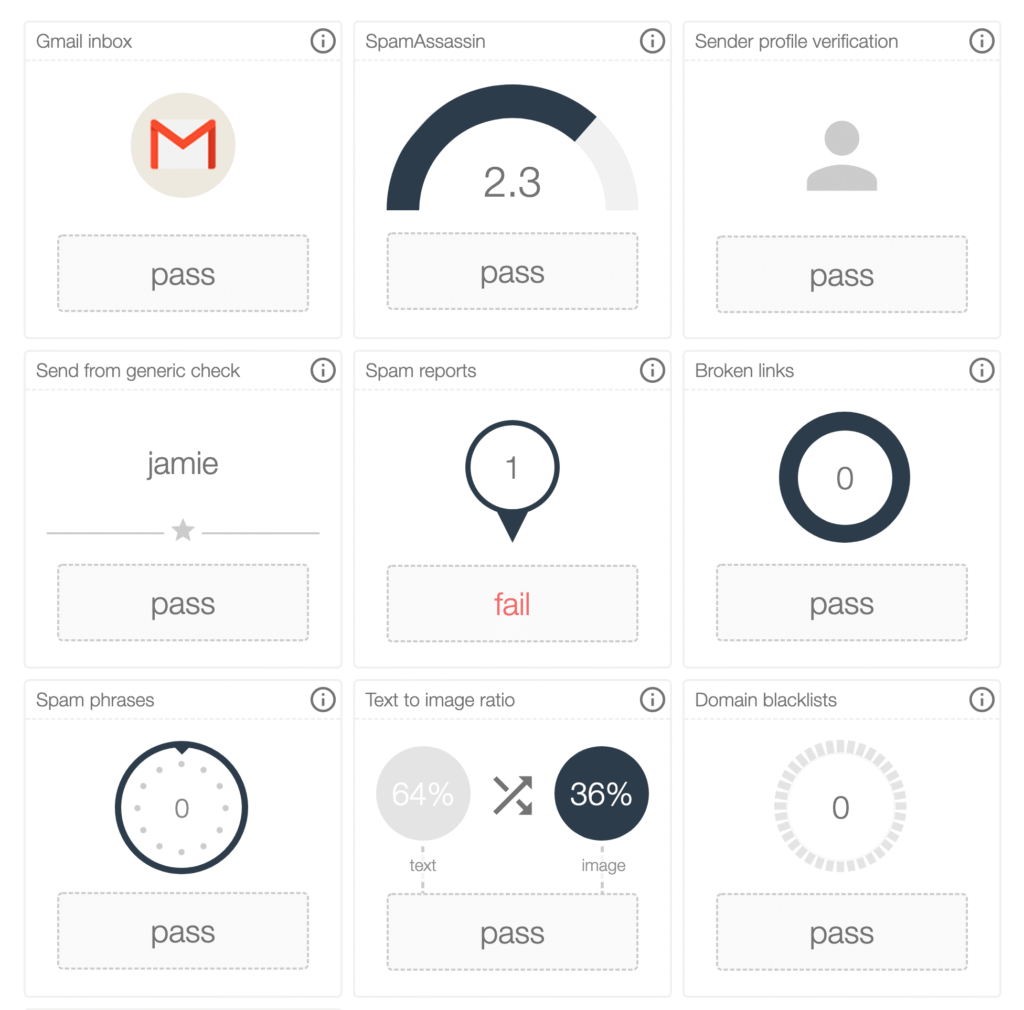
If you’re worried about your website’s spam score, several free tools can help you check and understand it better. One of the most popular tools is Moz Link Explorer. It allows you to check your domain’s search engine trust level by just entering your website URL. it shows how many spam signals your site has, and you can also see your backlink profile. Another great tool is Website SEO Checker (by smallerseotools.com).
It gives you a website trust score report quickly and is easy to use, especially for beginners. You can also use the Pre-Post SEO Spam Score Checker, which shows you the score along with the number of backlinks and domains that might be harmful. Ahrefs also offers limited free checks with a free account, helping you see toxic links and domain ratings.
Additionally, SEO Review Tools provides a free backlink checker that gives a basic idea of your spammy links and low-quality domains. Lastly, Google Search Console doesn’t show a spam score, but it alerts you if Google finds any spammy and harmful content and backlinks on your site, so it’s important to use it regularly.
7. Best Practice To Keep Your Spam Score Low
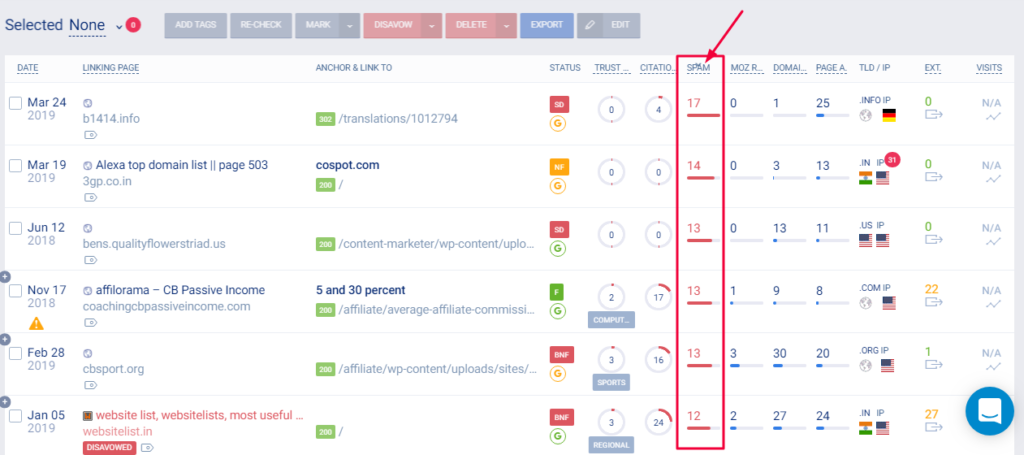
Keeping your spam score low is crucial if you want your website to rank well on Google and establish user trust. A high spam risk level can hurt your SEO and make people not want to visit your website. Let’s look at some simple and effective ways to keep your SEO risk score low.
First, always use a clean and trusted domain name. If your domain is new and looks suspicious, search engines may not trust it. Make sure your website name sounds professional and is related to your business. Also, avoid using too many hyphens and numbers in your domain name, as they can seem spammy.
Next, focus on creating original and helpful content. Never copy content from other websites. Search engines can detect duplicate content, and it may increase your spam score. Write in your own words, and make sure the information is clear and valuable to your readers. The more helpful your content is, the more people and search engines will trust your website.
Also, keep your keyword usage natural. don’t use the same keyword too many times in one paragraph (called keyword stuffing). This looks like spam to Google. Use your main keywords smartly and also add similar words so your content sounds natural and useful to readers.
Finally, use spam score checking tools regularly. These tools help you find problems on your website before they affect your SEO. They check things like backlinks, content quality, domain health, and more. Fix and issues these tools find so your site quality rating stays low and safe.
8. Conclusion
Keeping your spam score low is very important if you want your website to grow and stay safe in Google’s eyes. By following simple tips like writing original content, using trusted backlinks, avoiding keyword stuffing, and having clear contact and policy pages, you can build trust and avoid penalties. Always focus on giving value to your visitors, not just ranking. Keep checking your site regularly with spam score tools and make changes if needed. When you follow these small steps, your website will stay strong, clean, and trusted by search engines and users.
For more SEO tips and website help, visit GrowDigitallyWorld.com
9. FAQs
1. What is a spam score?
It shows how spammy and risky your website looks to search engines.
2. Why does spam score matter?
A high score can lower your Google ranking and reduce traffic.
3. What causes a high spam score?
Bad backlinks, copied content, keyword stuffing, and missing pages.
4. How to check spam score?
Use free tools like Moz, website SEO checker, and small SEO tools.
5. How to reduce spam score?
Use quality content, trusted links, good design, and avoid spammy tricks.
